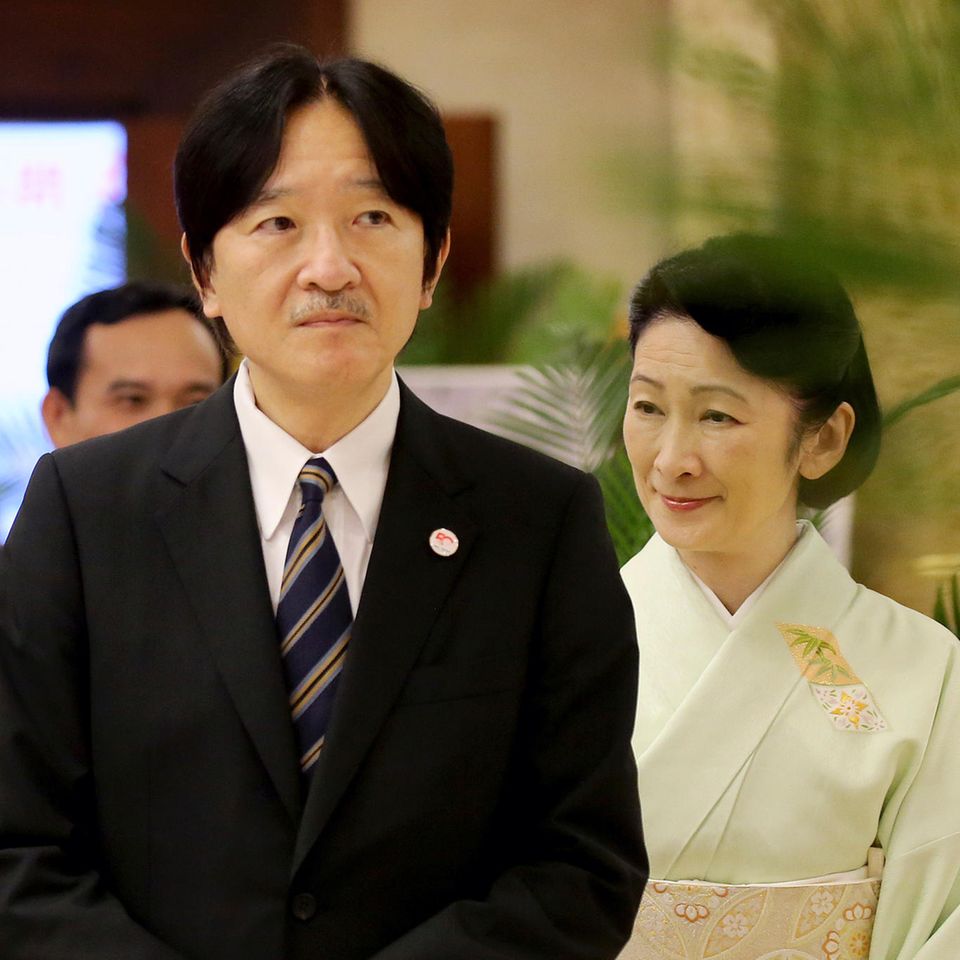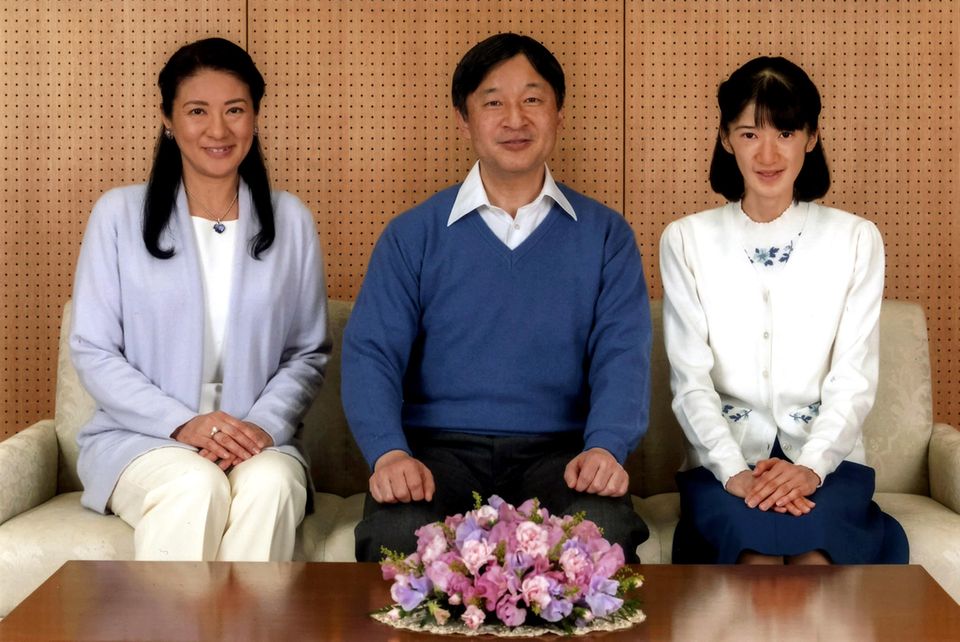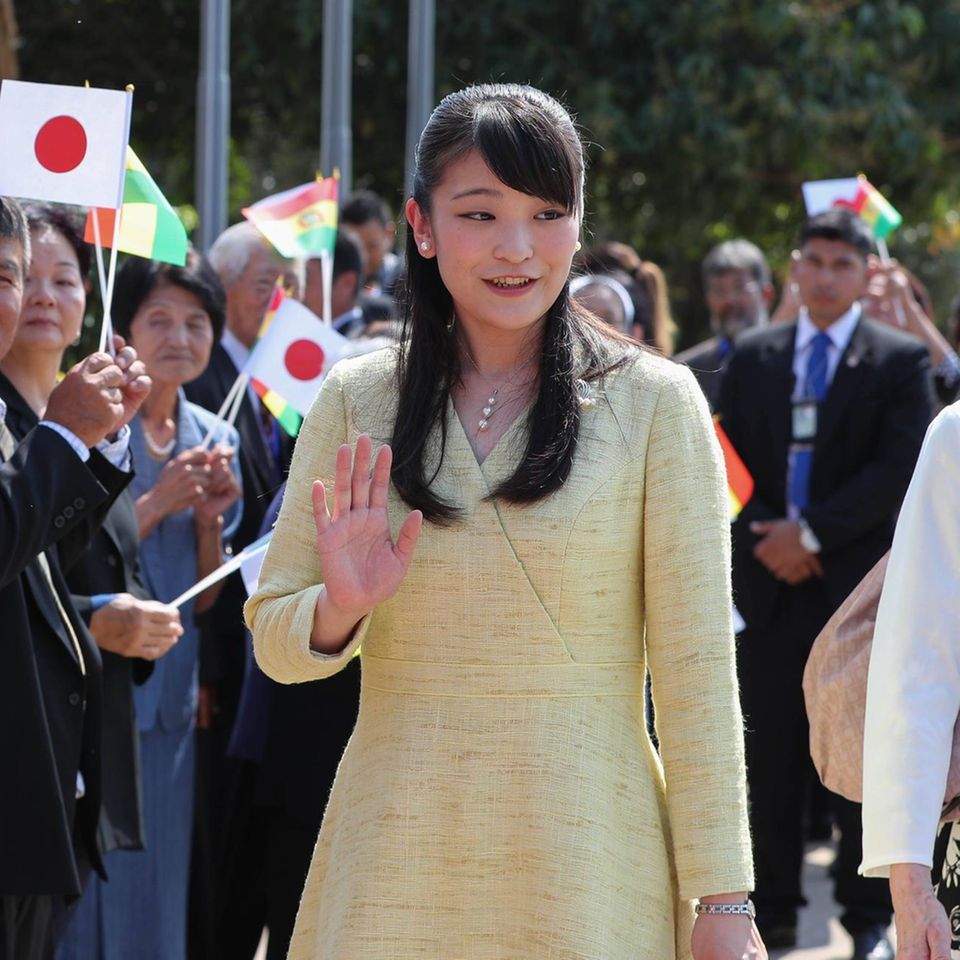On her 60th birthday, Empress Masako is celebrating a sad anniversary: 20 years of medical treatment. The fact that she suffers from depression is kept secret in Japan. And so the suffering of the imperial wives continues for generations. GALA provides an overview.
It’s a tradition: On her birthday, Empress Masako of Japan answers media questions about world events and herself – including on her 60th birthday on December 9, 2023. Everything meticulously approved by the Imperial Court Office. For many years, however, this has always been accompanied by a statement from her medical team commenting on her state of health. Vague, of course. In Japan, mental illnesses are usually only discussed behind closed doors.
People suffer a lot – in silence. So did many women from the imperial family. Current sad example: Princess Kiko, 57. Time to give her suffering a voice.
Princess Kiko’s mysterious illness
In the first week of January 2024, the Imperial Court Office reported that Kiko, wife of Crown Prince Fumihito, 58, was suffering from gastrointestinal complaints and was unable to eat “a normal meal.” Leading media such as “The Asahi Shimbun” speak of a puzzle that doctors are now faced with. A subsequent endoscopic examination in a clinic in Tokyo also provided no further information about Kiko’s complaints.
One thing is certain: she will be unable to attend official events for several weeks. It is not the first time that the Imperial Court Office has been so secretive and its statements have caused more confusion than clarity. Royal fans will be reminded of the fate of Masako and the undisclosed illness of her daughter Aiko, as GALA has summarized below.
Empress Masako’s 20 years of suffering: a sad anniversary
In December 2003, Emperor Naruhito’s wife, 63, sought medical treatment to have her “stress-related adjustment disorder” treated. This is how the Imperial Court Office – consisting of around 1,100 bureaucrats who monitor every statement – describes Masako’s illness. That was 20 years ago. A sad anniversary.
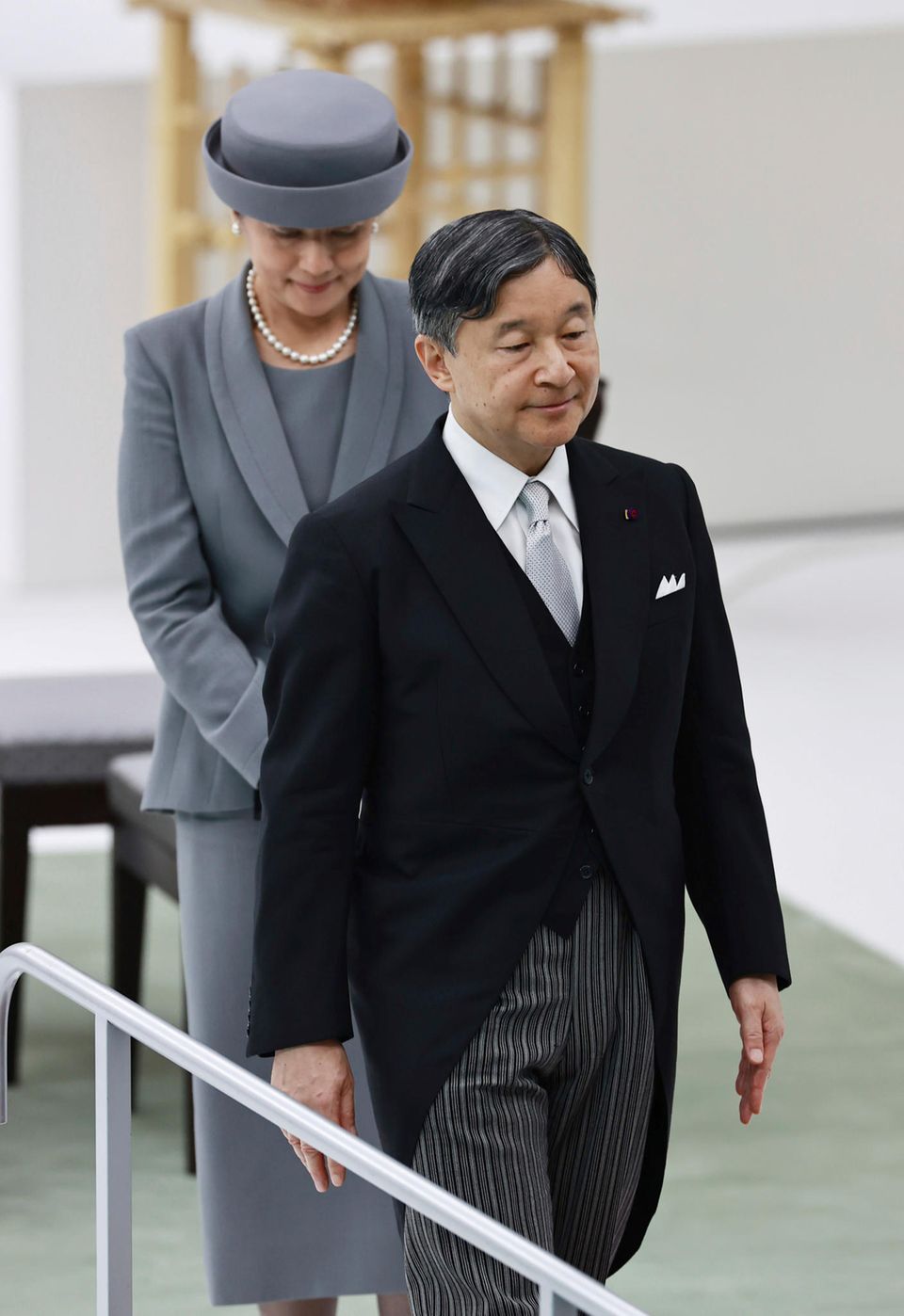
The once successful diplomat and current Empress Masako – always three steps behind her husband.
© Dana Press
The diagnosis of depression was never officially mentioned. According to her medical team, Empress Masako remains “in the process of recovery and her physical condition is still unstable,” leading media outlets such as The Japan Times and The Asahi Shimbun reported.
Japan – the country of stigmas and suicides
In Japan, the land of smiles, there is no permanent sadness – at least not publicly. It is common for people there to hold back their emotions and always react in a friendly and thoughtful manner. As early as 2010, the “Deutsche Ärzteblatt” announced that Japan had one of the highest suicide rates in the world. Nothing changed about that. “Mental illness is still viewed as a weakness or failure of the individual,” Vickie Skorji, director of TELL Lifeline, told Tokyo Weekender in 2017. A stigma, which is why people often remain silent, which in many cases leads to death.
Masako reluctantly gives up her career and slips into isolation
One of Japan’s most famous silent companions is Empress Masako, a woman who gave up her career and almost suffocated under the pressure of the monarchy. On June 9, 1993, Harvard graduate Masako married Japan’s claimant to the Chrysanthemum Throne. By then she had had an impressive career, graduating with honors in economics, completing a master’s degree at Oxford and working as a diplomat for the Japanese Foreign Ministry.
In the midst of these years, Crown Prince Naruhito arranged several meetings with Masako Owada in 1986. Almost a year later, however, her parents are said to have rejected an application – in favor of Masako’s career. In 1992 there was another attempt at an engagement, to which Masako only reluctantly agreed because the Crown Prince was said to have promised her a diplomatic career – which, however, never came true. Her job was over, credit cards and driving licenses were not allowed, nor was a spontaneous walk. Since then, Masako has always been three steps behind her husband.
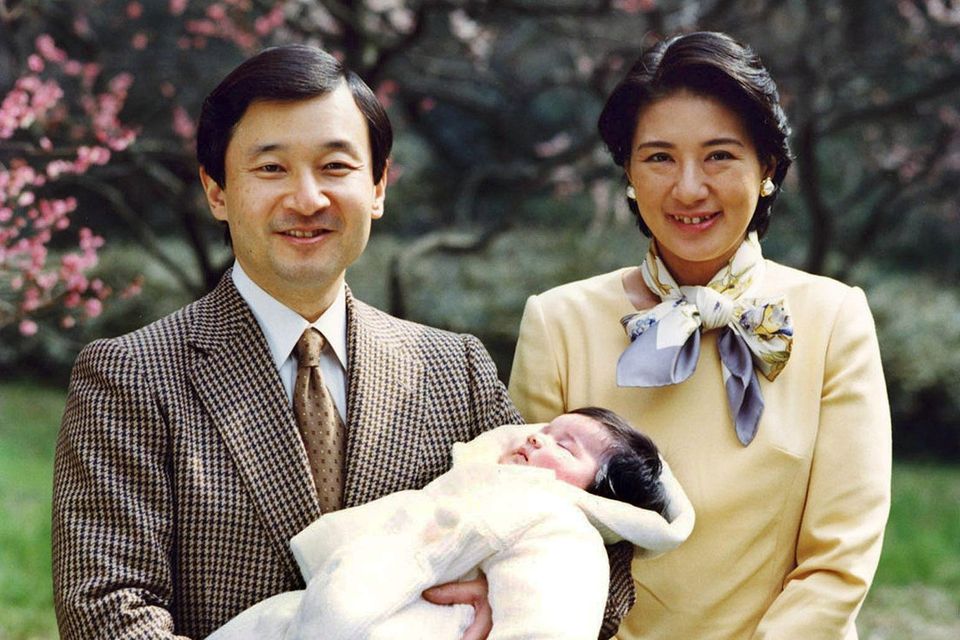
Empress Masako gives birth to daughter Aiko on December 1, 2001 after a miscarriage.
© Dana Press
Miscarriage, withdrawal and “stress-related adjustment disorder”
After the wedding in 1993, it was much more important that Masako gave birth to a male heir to the throne. This is what the house law of agnatic primogeniture provides for. If you look at the history of Japan’s empresses, women only appear in exceptional cases and as a temporary solution in the world’s oldest continuous hereditary monarchy.
Naruhito’s wife is almost broken by the public pressure to give birth to a boy. Six years after the wedding, Masako suffered a miscarriage in 1999. In 2001 she gave birth to a girl: Princess Aiko, 22. She will probably never become an empress, but her cousin Prince Hisahito, 27. In 2002, Masako left the Crown Prince Palace in Tokyo and retired to a private villa in the holiday resort of Karuizawa. In 2004, the Imperial Court Office made her “stress-related adjustment disorder” public. She didn’t go on her first trip abroad until eleven years later. Many years of loneliness followed.
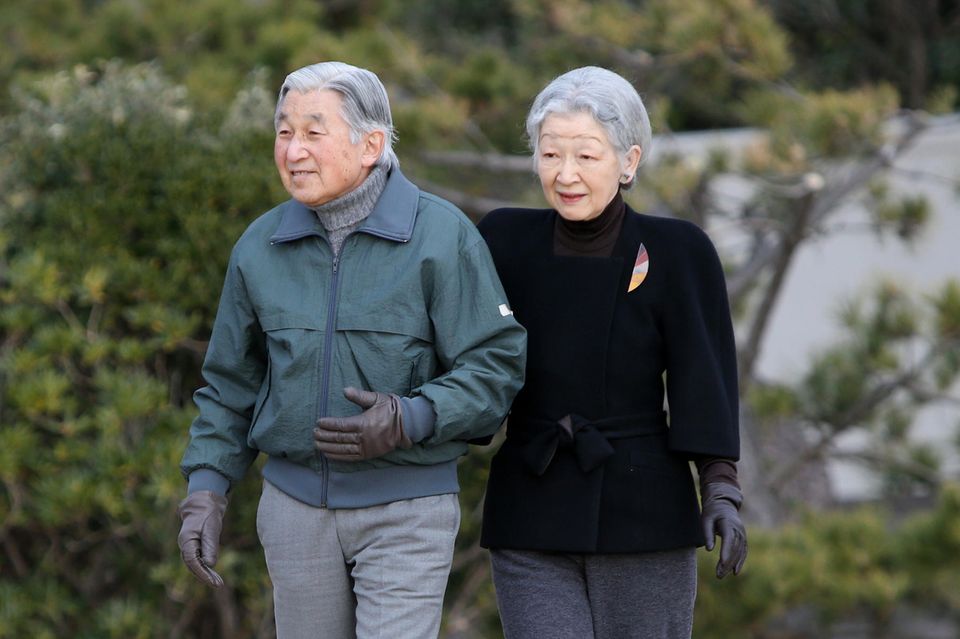
The former imperial couple Akihito and Michiko at a photo shoot in February 2015 in southern Tokyo.
© Takeshi Ogura / Picture Alliance
Empress Michiko suffers a miscarriage and loses her voice for seven months
There are frightening parallels between Masako and her mother-in-law, Emeritus Empress Michiko, 89. Like Masako, she is also a commoner and suffered a miscarriage in 1963. She is said to have fallen into hiding in the 1960s due to pressure from the public and her mother-in-law Suffered from depression and lost her voice for seven months. This was never officially confirmed. Allegedly, the former Empress Kōjun, †97, never accepted Michiko.
Princess Aiko disappears from school – her photo shocks
The suffering of Empress Masako’s daughter Aiko was never named. Like her mother, she disappeared from the public eye for several months. It all started when Aiko had to be taken out of school at the age of eight because of bullying. At that time she suffered from stomach pain and anxiety.
In February 2017, this picture of Princess Aiko and her parents from the
© Dana Press
In October 2016, media outlets such as the “Japan Times” reported that the now 14-year-old daughter of the then Crown Prince Naruhito had to take another break from school. She was said to be suffering from exhaustion after her final exams, but no cause was found in the hospital. A clue to Aiko’s possible illness was provided by a family photo that was published almost six months later, at the end of February 2017. Masako’s daughter appears noticeably thin. Here, too, the disease anorexia was never officially mentioned.
Ex-Princess Mako develops PTSD – and turns her back on the imperial family
One who was able to cut herself off from Japan’s imperial family under enormous emotional pain is Princess Mako, 32. Emperor Naruhito’s niece married her common-law boyfriend Kei Komuro, 32, in 2021 amid great protests from the Japanese people. As per the strict and ancient rules of the Imperial Family, Mako had to give up her title, leave her family behind and now lives in exile in New York.
The public pressure, the strictly regulated environment and the social climate also caused psychological problems for her. The Imperial Court Office reacted unusually directly in Mako’s case and spoke of “post-traumatic stress disorder (PTSD)”. A rarity. Because far too often, fake smiles and controlled statements with vague words conceal the true suffering of women.
Sources used: japantimes.co.jp, asahi.com, Dana Press, spiegel.de, aerzteblatt.de, tokyoweekender.com

